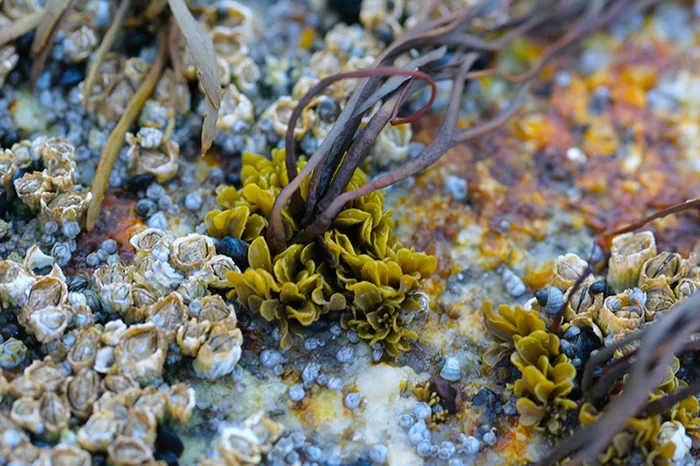ORAC, short for Oxygen Radical Absorbance Capacity, is a test tube analysis that measures the total antioxidant power of foods and other chemical substances.
Comparison ORAC values for a number of food items, prepared by the US Department of Agriculture and published in November 2007.
All antioxidant capacity measurements for ORAC values are reported in mol of Trolox Equivalents per 100 grams (molTE/100 g).
| Food | ORAC Score |
| Extra Virgin Olive Oil | 372 |
| Carrots, Baby Raw | 436 |
| Tea Brewed | 1128 |
| Red Grape Juice | 1788 |
| Nuts, Almonds | 4454 |
| Raw Blue Berries | 4669 |
| GPP Fermented Cod Liver Oil* | 4333-7494 |
*Not Derived from USDA test data. Test data below for GP Fermented CLO is reported in µM TE/g and converted to µM TE per 100 g in above table
The study below was lead by Dr. Vicki Schlegel Ph.D, Analytical Laboratory Supervisor, Associate Professor Department of Food Science and Technology University of Nebraska – Lincoln
The especially high ORAC antioxidant values found in the GPP samples are natural, from the sea and fermentation process.
| Cod Liver Oil Samples | ORAC Score |
| GPP1 | 43.33 ± 11.40 |
| GPP2 | 74.94 ± 11.60 |
| Brand A | 2.21 ± 1.05 |
| Brand B | 28.38 ± 1.11 |
| Brand C | 4.04 ± 0.72 |
| Brand D | 9.93 ± 1.68 |
All antioxidant capacity measurements are expressed as µM Trolox equivalent (TE) per 1 gram (µM TE/g).
Note: “The data for antioxidant capacity of foods generated by in vitro (test-tube) methods cannot be extrapolated to in vivo (human) effects and the clinical trials to test benefits of dietary antioxidants have produced mixed results.” Oxygen Radical Absorbance Capacity (ORAC) of Selected Foods, Release 2 (2010) by the USDA





Comments are closed for this article!